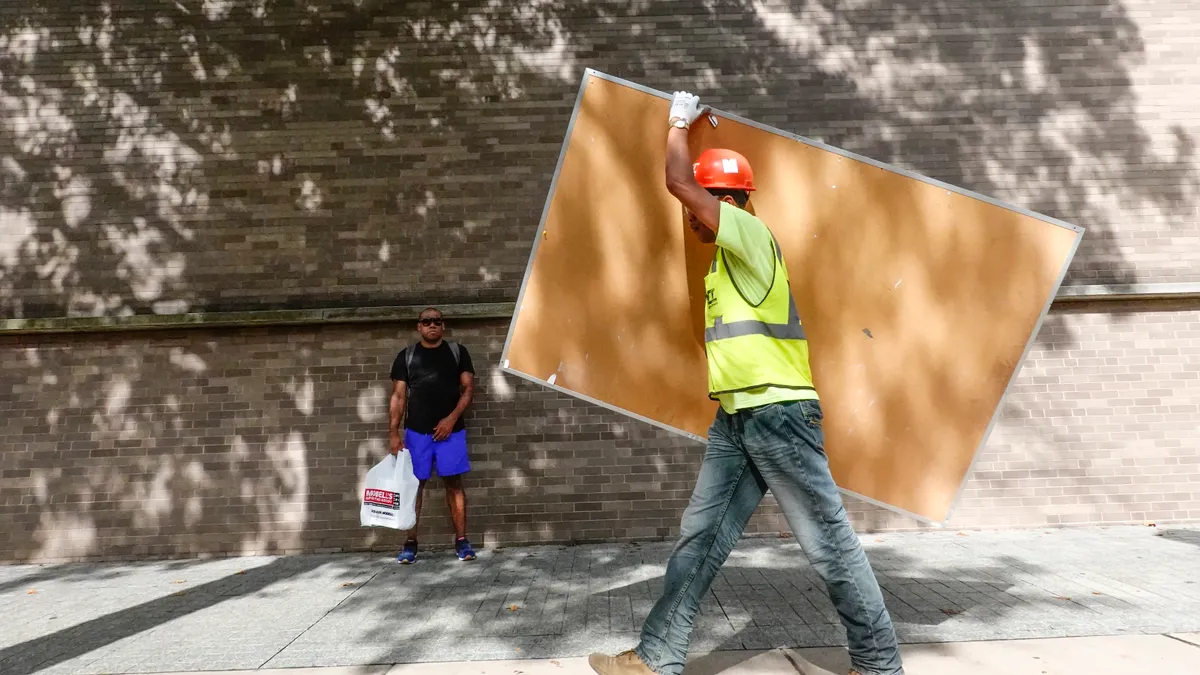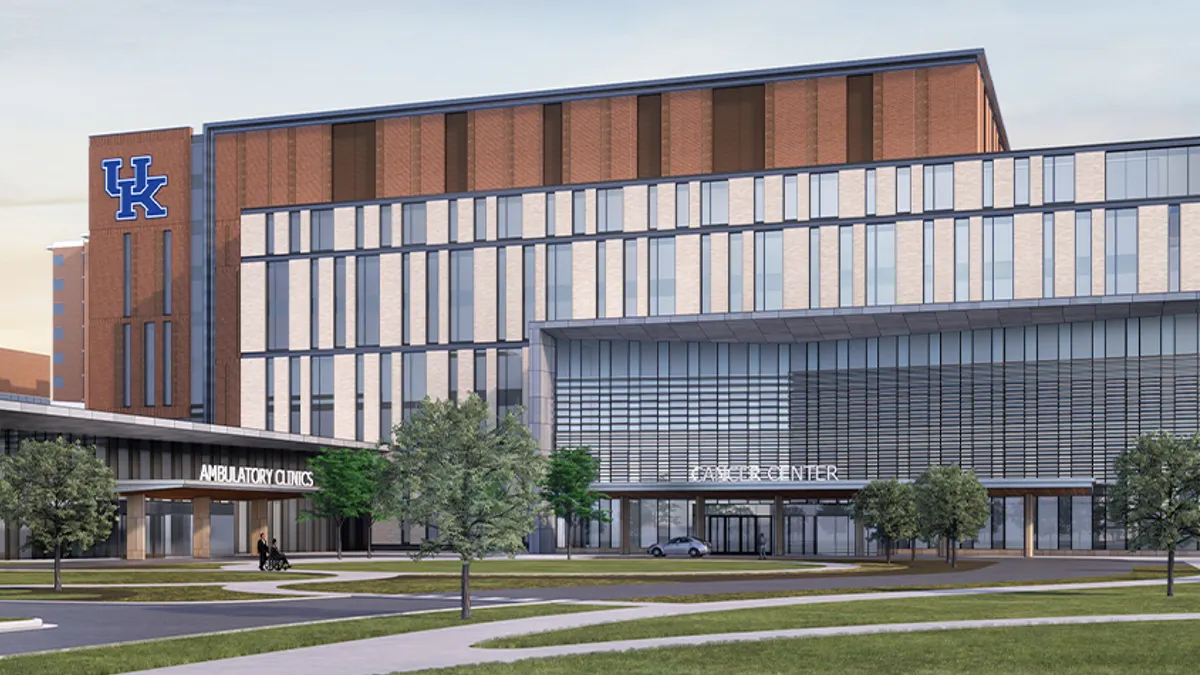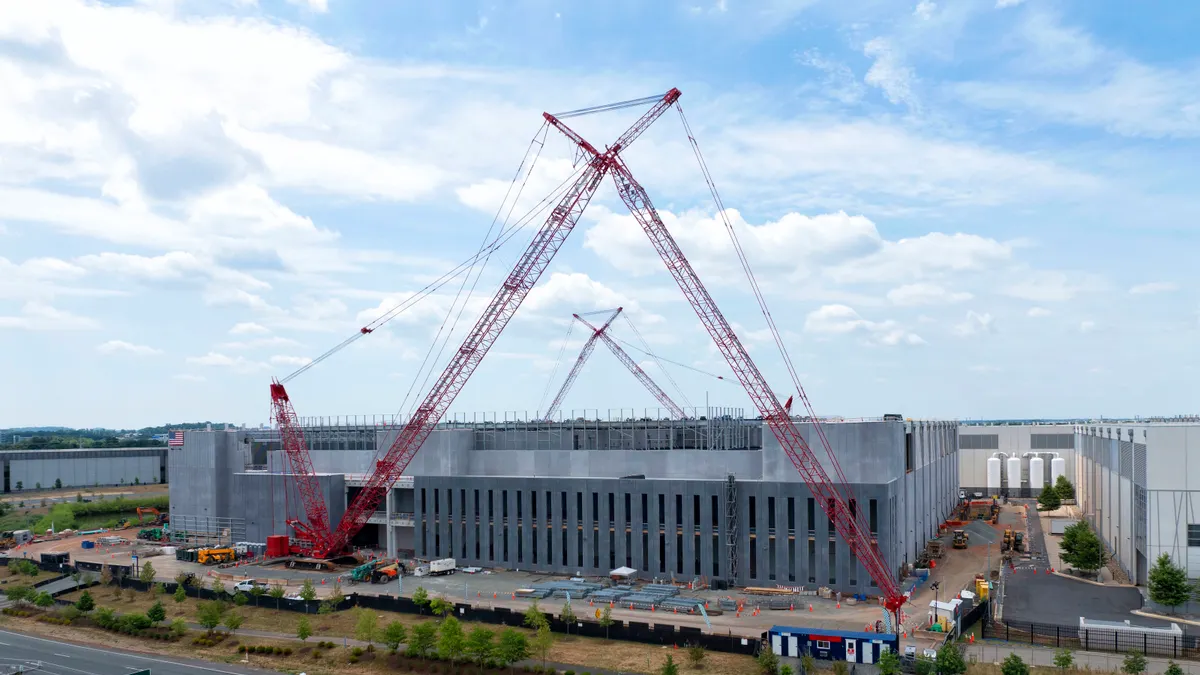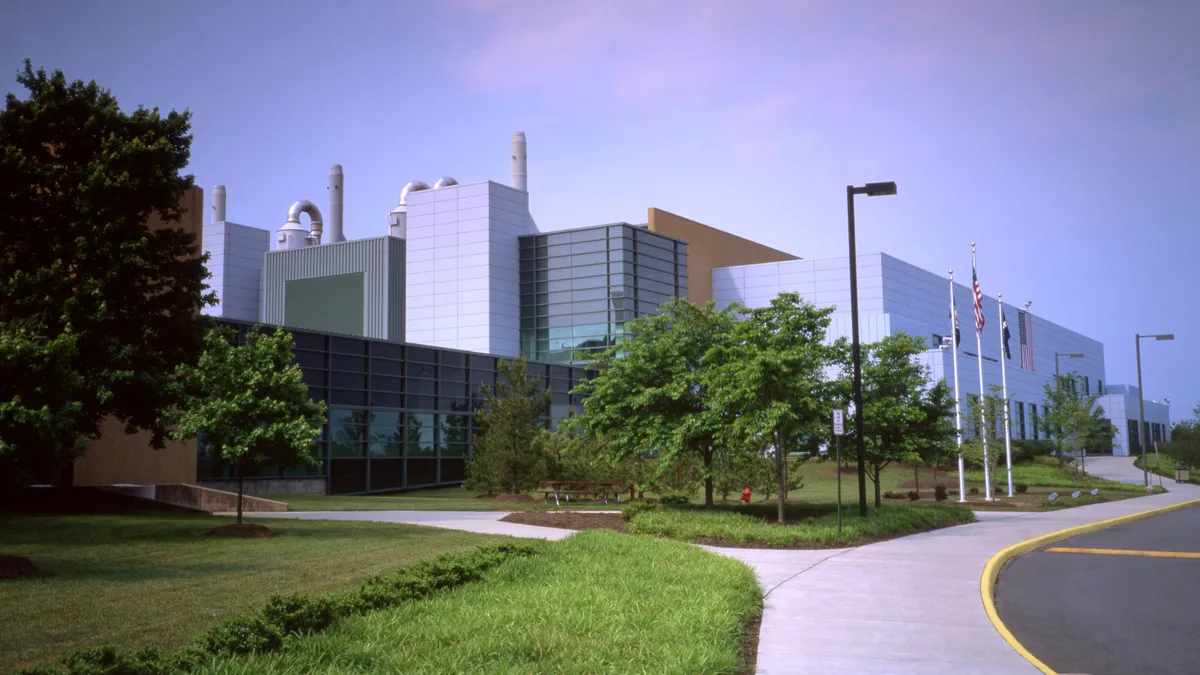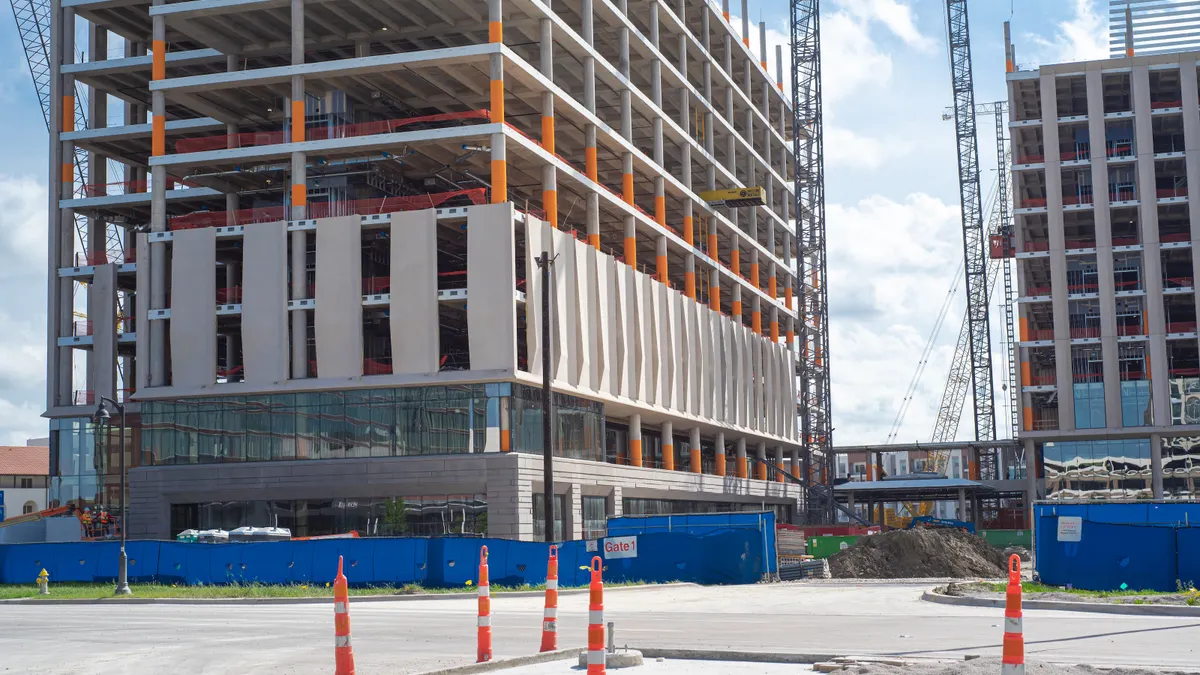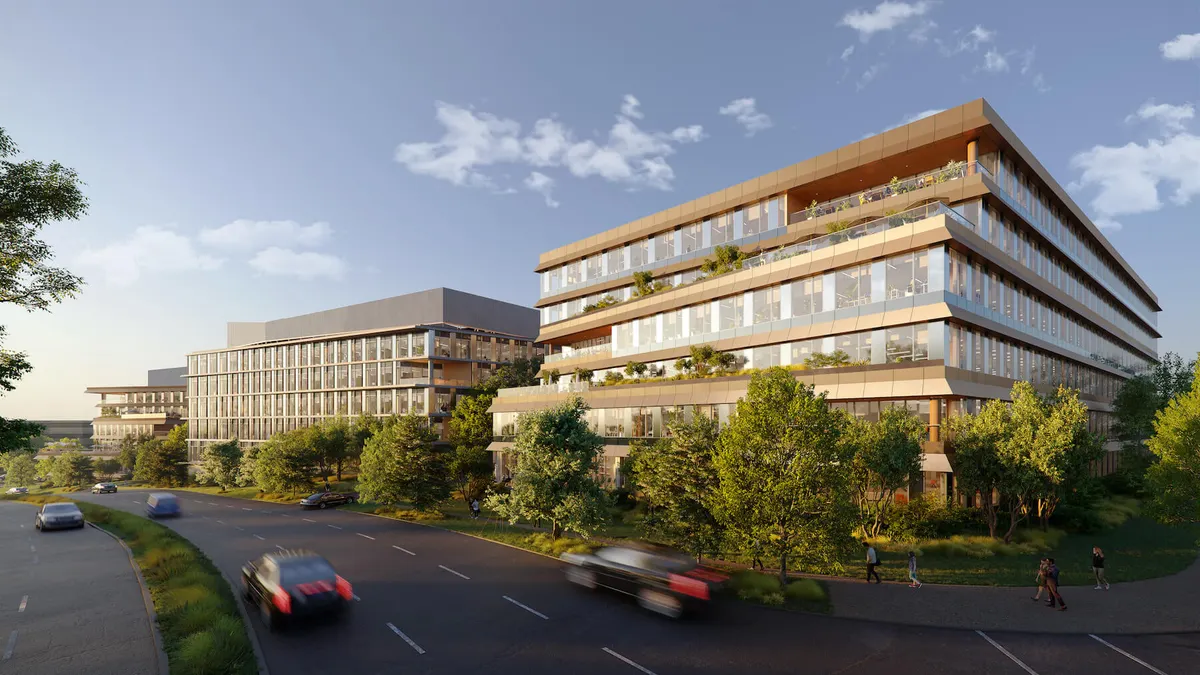In a post-World War II United States, two achievements signaled someone's arrival at the doorstep of the American Dream: a house in the suburbs and a brand new, gas-guzzling sedan to get them there. Well, things have changed since then, and the urban neighborhoods, corner stores and coffee shops that Americans left en masse more than a half a century ago are back in style.
Or is it just a blip that will soon see people once again on an hour-long commute headed back to their favorite cul de sac? Well, the research is in, and it looks like the love of all things urban is here to stay.
The appeal of urban living
For starters, the American Institute of Architects Home Design Trend Survey, published in December, found that access to public transportation, multi-generational housing, walkable neighborhoods and mixed-use facilities rule the day when it comes to homeowner preferences. The AIA found that this is all part of a swing toward the desire for more community-oriented living.
"It’s nice to have the wide open spaces of the suburbs," CMD Construction Data Chief Economist Alex Carrick told Construction Dive, "but there’s something that’s somewhat anonymous about it, whereas living downtown, you’re more a part of things."
"There’s always these little (neighborhood) pockets that have a long history, and people want to tap into that because it gives them a sense of being a part of history. And you don’t get that in the suburbs," Carrick said.
Carrick added that another draw to the city environment is that it’s simply "a lot nicer than it used to be."
"In most major cities, there isn’t the same fear about crime. Those parts have been spruced up, and even cars don’t pollute as much as they used to," he said.
Gregg McDuffee, chairman of the Urban Land Institute Michigan, agreed that cities are experiencing a "densification," or the drawing in of a larger population to the city’s core — which he called "the true heart of an urban region." However, he added that the challenge lies in making sure that, as people are coming together, they’re building high quality-of-life communities in the process, and that means walkability, entertainment, natural resources and, of course, jobs.
Another aspect of city life attracting residents, according to Carrick and McDuffee, is the proximity to sporting events and facilities.
"Everybody identifies with their local sports team, and people like being within easy access of an arena," Carrick said. "And if you’re talking about where construction is happening, there’s an almost unending number of stadium projects that are being planned, and that attracts people downtown as well."
An active city lifestyle
In fact, it’s not just the opportunity to watch a professional sports team play — it’s the ability of residents' to get out there themselves and take advantage of well-planned recreational areas, Carrick noted.
"Whenever you talk to people, they all brag about how their town has taken some former blighted property — like old railroad tracks — and converted it into a walking park or a place where people like to hang out, and that’s what all the urban planners want to do," Carrick said.
McDuffee said, "People are figuring out how to capture these important urban areas and make them walkable, bikeable recreation venues, and, again, it’s back to quality of life. And that’s something that is not optional, it’s imperative. You’ve got to figure out how to create great urban spaces and create places where people really want to be. And they need to recreate at all ages. Everybody needs that opportunity to live a healthy lifestyle."
However, McDuffee warned that city planners need to be careful to make provisions for a wide range of people and incomes to avoid gentrification of areas that have historically been home to a diverse population.
"As we’re identifying urban areas, we really have to be very egalitarian in how we approach them because it can create an element of inequality and social unrest," McDuffee said.
Different generations with similar preferences
And just which age group has been the biggest fans of downtown living? A National Association of Realtors survey suggests that millennials are the demographic that will fill restaurants, bars and apartments in urban centers, but an investigation by the Washington Post found that so many baby boomers are ditching their suburban trappings and snapping up prime housing, they’re pricing millennials out of some areas altogether.
"There really are population bookends," McDuffee said. "The bookends are the millennials and the boomers, so there’s a little bit of a blurring of the lines because cities are very accommodating for both."
The challenge, he noted, will be to create a quality of life where millennials will feel very comfortable raising children in an urban setting when they start to have families.
"I think a really important element when you look at millennials is they’re a talent pool, and it’s that talent pool that the business community and institutions, including healthcare and education, really understand," McDuffee said. "The future of their organizations is bringing young talent in, so it’s critical that (cities) have goods and services and housing that attracts that talent pool."
Carrick added that living downtown also benefits older people, some of whom he said might have been forced into a city environment because of foreclosures but stayed because they discovered they preferred living there and appreciated the low-maintenance lifestyle an apartment or condominium offered. Proximity to shopping, restaurants and medical services are all a plus, and if they were able to make some money on the sale of a home, then Carrick said they could even splurge on a little luxury when they choose their smaller urban digs.
Millennials and boomers on common ground
Carrick and McDuffee both pointed out that millennials and boomers are drawn to many of the same characteristics a city can offer.
"Why do millennials and boomers like cities? Well, because there’s great energy, there’s great activity, there’s great culture, there’s great diversity, there’s great entertainment," McDuffee said. "The architectural fabric of urban areas is also something that’s very much appreciated. It’s a built environment, so, from an environmental and sustainability perspective, we’re not gouging the landscape to create something new. It’s already here and available."
He added, "Besides, you can’t drive the economy with one flavor of resident. What really drives the economy is a combination."
Carrick said the fact that two such diverse cohorts are thriving in the same neighborhoods is "that golden moment where the two ends of the demographic spectrum have met, causing an upsurge in demand for living in the urban environment."
The end of the suburbs?
So all of this begs the question, doesn’t anyone love the suburbs anymore? Surely wide open spaces and the split-level ranch home still hold some appeal?
"Suburbs play an important role in a metropolitan area," McDuffee said. "What they provide is an opportunity for people to choose. So if people choose a more passive bedroom community, having healthy suburbs is very, very important."
For example, the Detroit metropolitan area has thriving suburban communities that have created urban enclaves by developing main street shopping opportunities and those sorts of "neighborhood" features, he noted.
In fact, a recent Zillow report predicted that this trend of urbanization in the suburbs will continue as some buyers priced out of urban cores or those who choose to live outside of cities go in search of affordable housing in communities that still have an urban feel.
"It’s a balance," McDuffee said. "It’s very, very important for a region to have healthy suburbs and vibrant urban cores. They’re not mutually exclusive."






